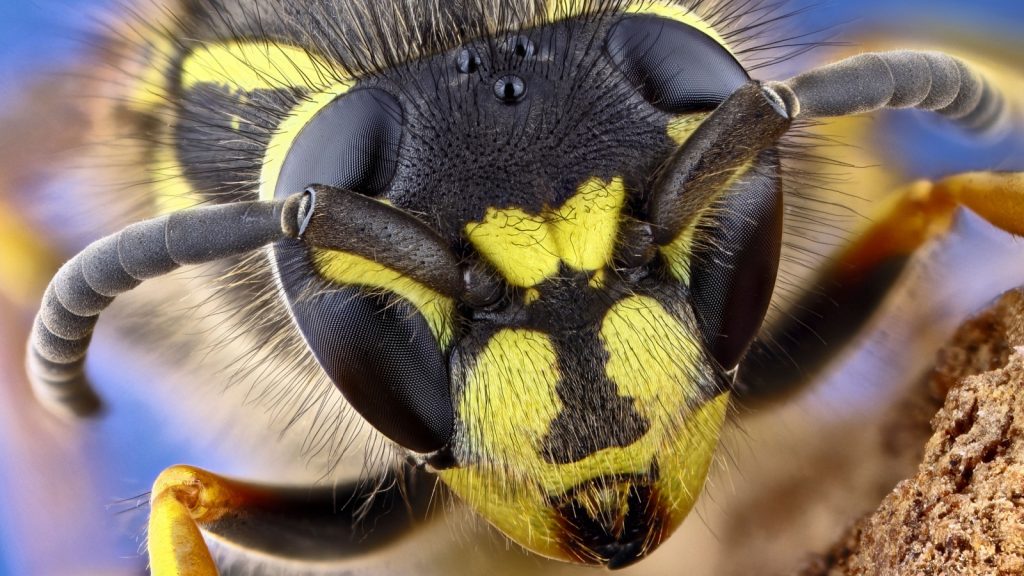When we think of dangerous animals, large predators like sharks or tigers often come to mind. However, some of the most aggressive creatures on Earth are actually quite small. Insects and arachnids, with their incredible diversity and adaptations, include some species that are surprisingly aggressive. These tiny (and not-so-tiny) terrors can pose real threats to humans and other animals. From venomous stings to powerful bites, these insects remind us that size isn’t everything in the natural world. While I’m really not afraid of insects or spiders, I definitely wouldn’t to mess with these creepy crawlies.
Asian Giant Hornet
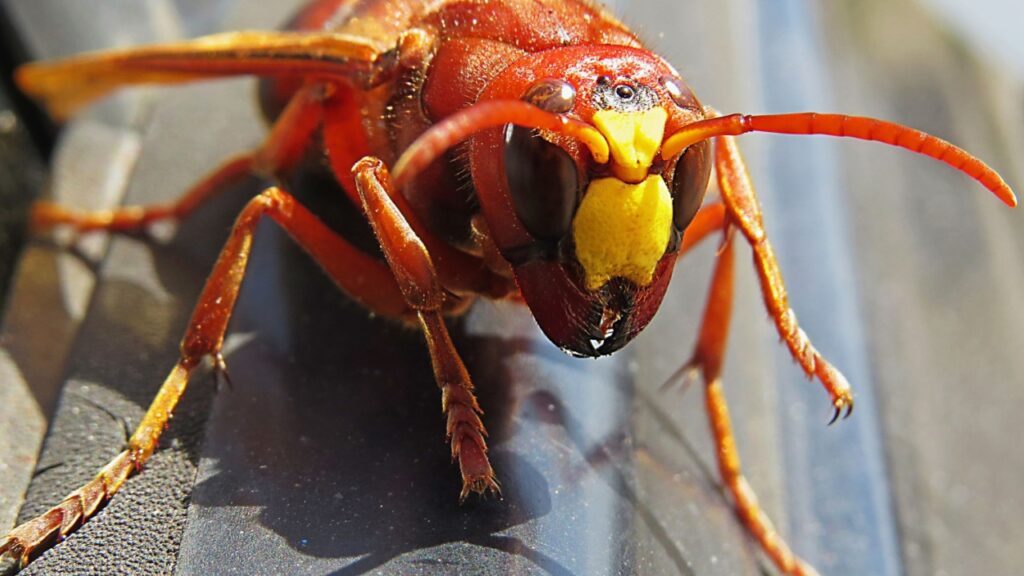
The Asian Giant Hornet, also known as the “Murder Hornet,” is the largest hornet species in the world. These aggressive insects can grow up to two inches long and have a painful sting that can be fatal to humans if you’re stung multiple times. They’re known for attacking honey bee colonies, decapitating the bees and taking over their hives.
Africanized Honey Bee
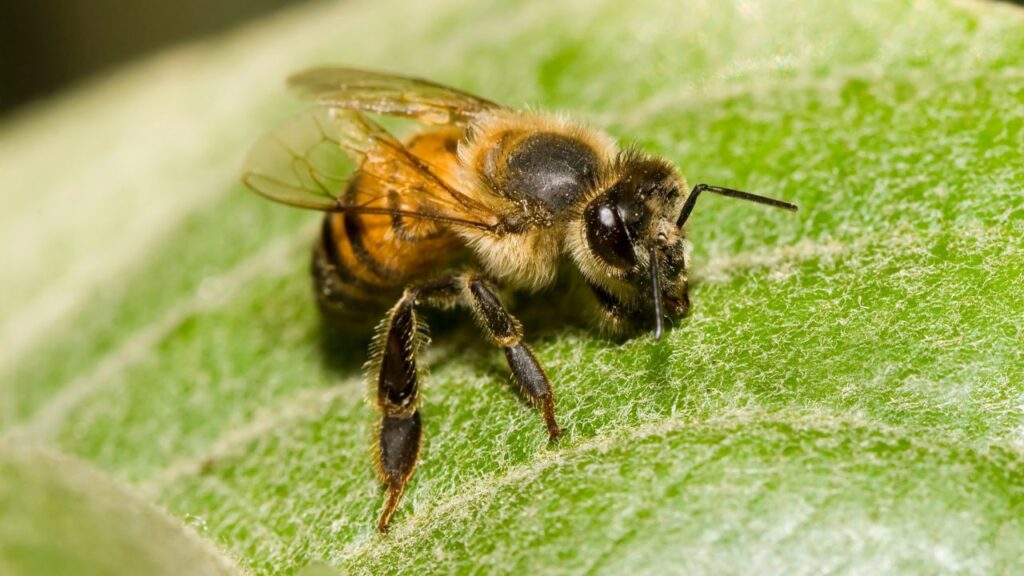
Often called “killer bees,” Africanized Honey Bees are a hybrid species known for their extreme defensive behavior. When their hive is threatened, they attack in large swarms and will chase perceived threats for up to a quarter of a mile. Their venom isn’t more potent than that of regular honey bees, but the sheer number of stings they inflict can be deadly.
Bullet Ant
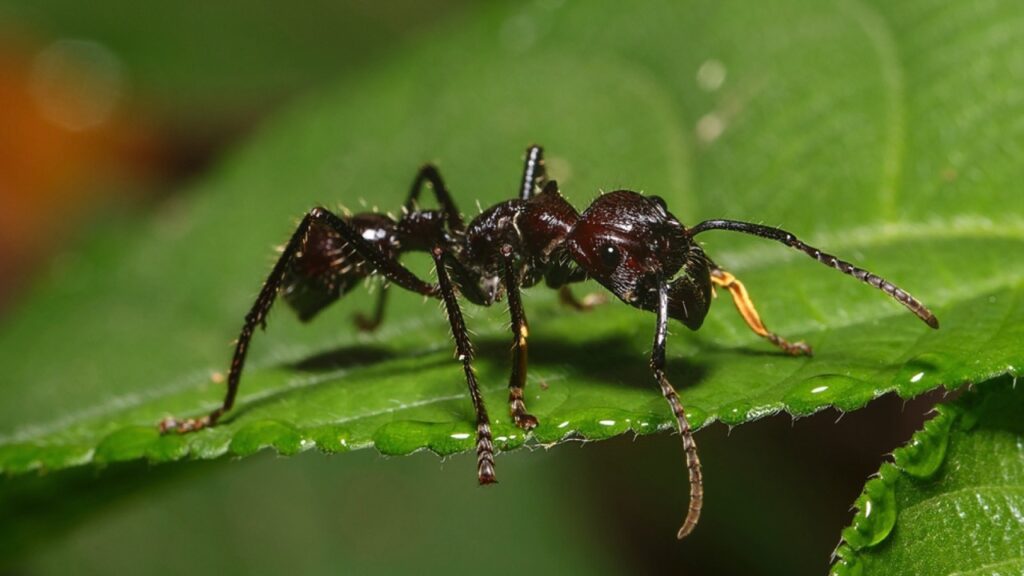
The Bullet Ant gets its name from the intense pain of its sting, which is said to feel like being shot. Found in the rainforests of Central and South America, these large ants are known for their aggressive defense of their nests. Some indigenous tribes use Bullet Ants in coming-of-age rituals, showing just how painful their stings can be.
Yellow Jacket Wasp
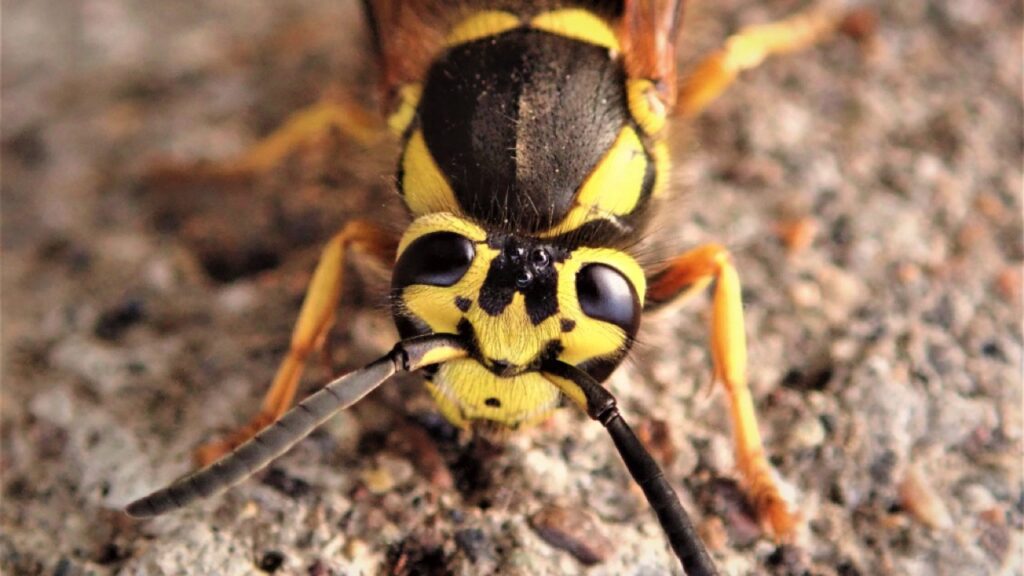
Yellow Jackets are among the most aggressive wasps, known for their territorial behavior and painful stings. Unlike honey bees, they can sting multiple times and often attack in groups when their nest is disturbed. They’re particularly aggressive in late summer and early fall when their colonies are at their largest.
Fire Ant
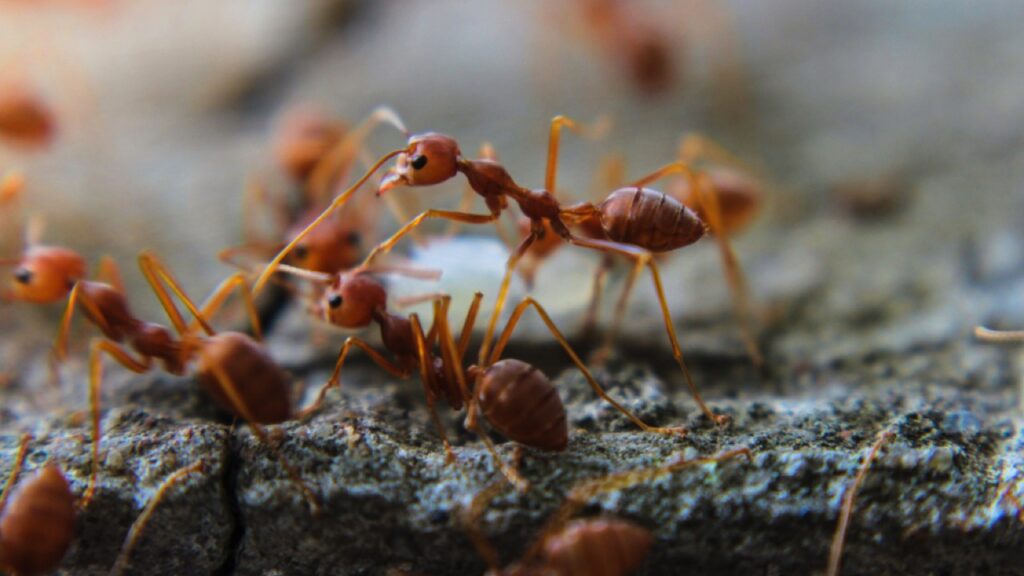
Fire Ants are small but incredibly aggressive insects known for their painful bites and stings. They attack en masse when their mounds are disturbed, latching onto their victim with powerful jaws and then stinging repeatedly. Their venom causes a burning sensation, hence their name, and can cause serious allergic reactions in some people.
Paper Wasp
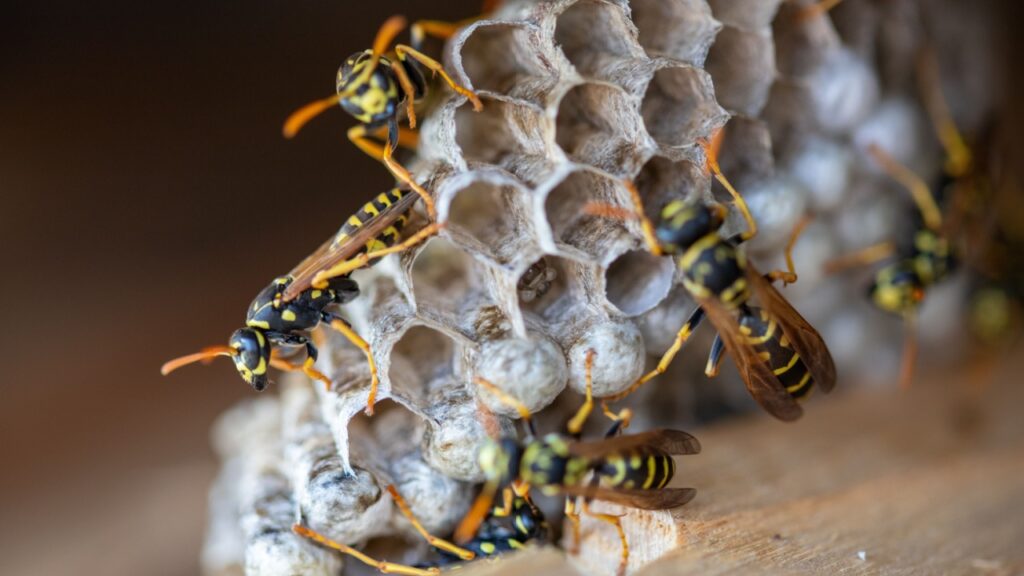
Paper Wasps are less aggressive than some other wasp species, but they can become very defensive around their nests. They have smooth stingers that allow them to sting multiple times. Paper Wasps are known for their open-comb nests which they fiercely defend against any perceived threats.
Army Ant
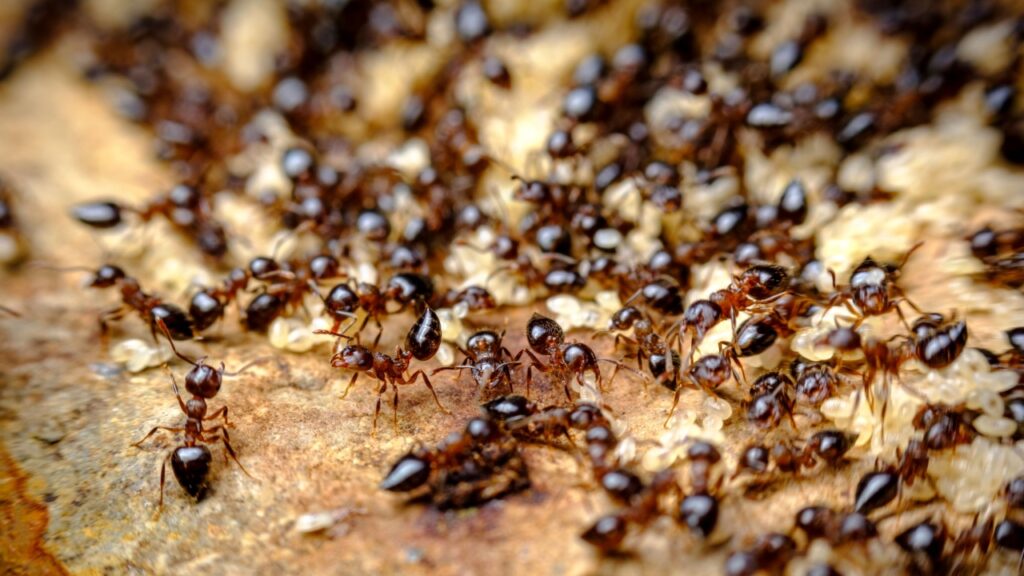
Army Ants are known for their aggressive foraging behavior, moving in large colonies and overwhelming their prey. While they don’t typically attack large animals unprovoked, they can be very aggressive if their column or bivouac (temporary nest) is disturbed. Their powerful mandibles can inflict painful bites.
Giant Water Bug
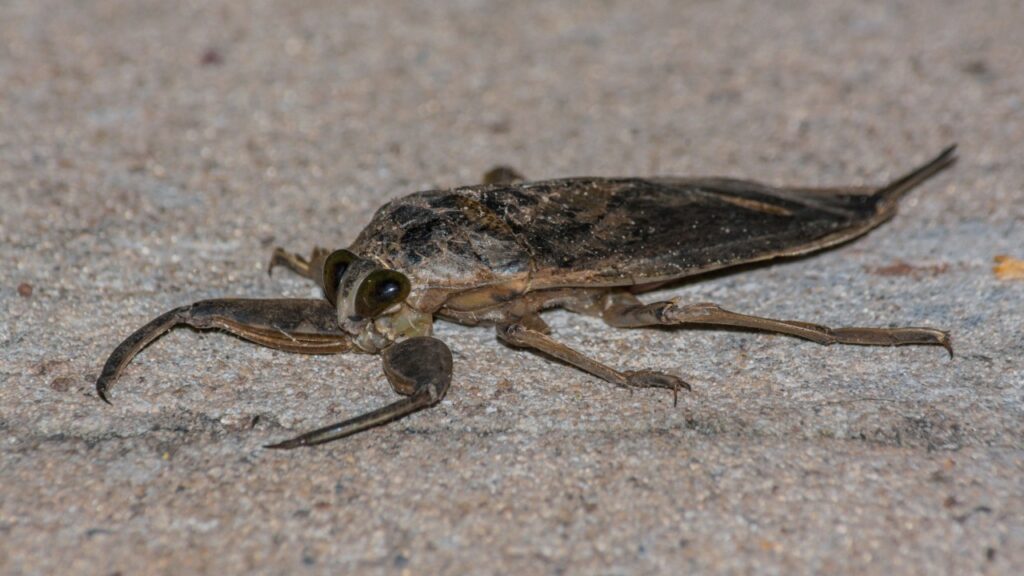
Also known as “toe-biters,” Giant Water Bugs are large aquatic insects with powerful forelegs and a painful bite. They’re ambush predators that can take down prey much larger than themselves, including small fish and amphibians. While not typically aggressive towards humans, they will bite if handled or stepped on.
Driver Ant
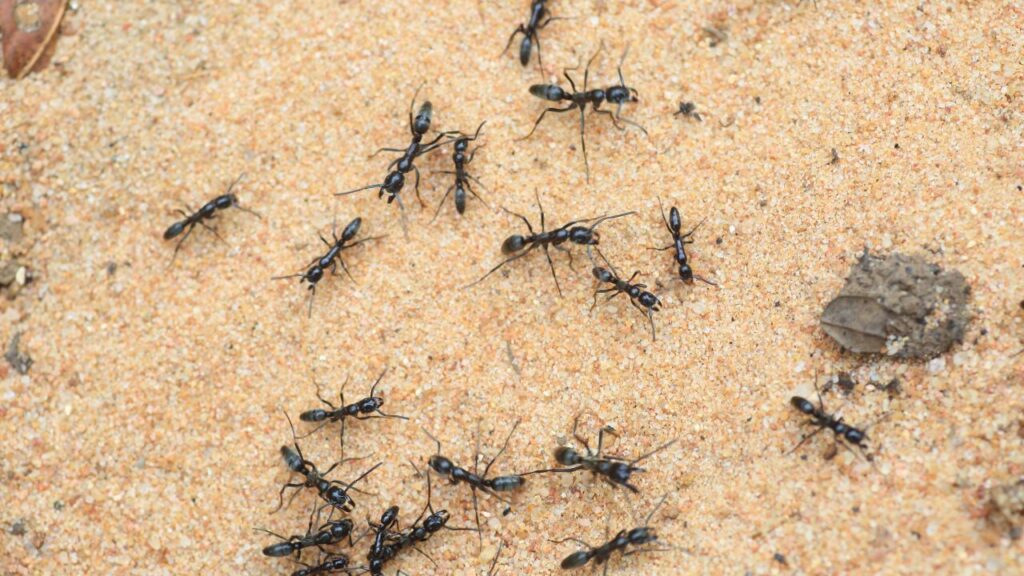
Driver Ants, found in Africa, are known for their massive colonies and aggressive behavior. They form huge swarms that can number in the millions, devouring almost anything in their path. Their powerful mandibles can cut through small animals and even rubber and plastic.
Tarantula Hawk Wasp
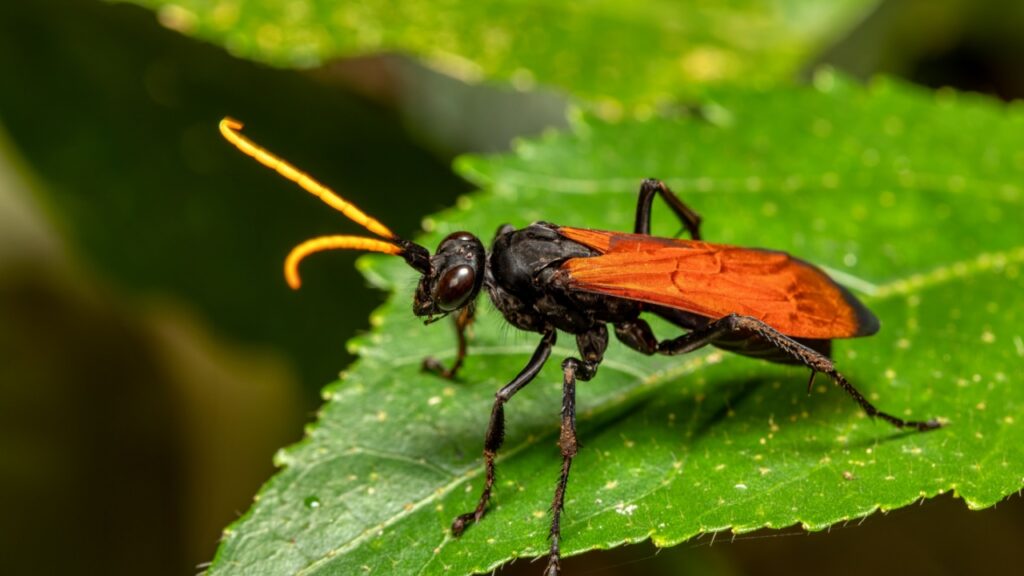
Despite its name, the Tarantula Hawk is actually a type of wasp known for hunting tarantulas. These large, striking insects have one of the most painful stings in the insect world. While not typically aggressive towards humans, they will sting if handled or stepped on, causing intense, though short-lived, pain.
Red Harvester Ant
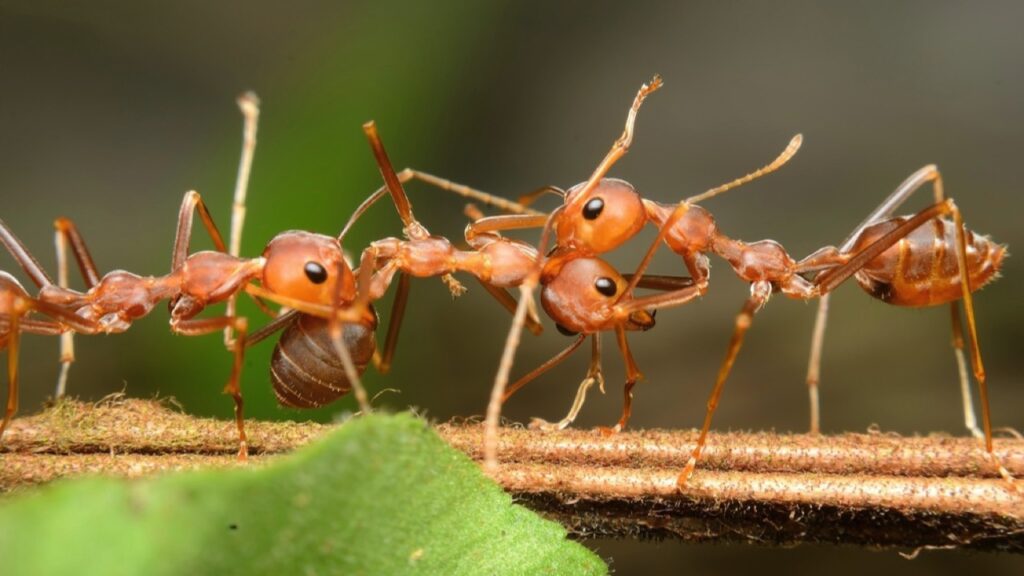
Red Harvester Ants are known for their painful sting and aggressive defense of their nests. Their venom is potent enough to cause allergic reactions in some people. These ants will swarm and attack any perceived threat to their colony, making them a formidable opponent despite their small size.
Asian Needle Ant
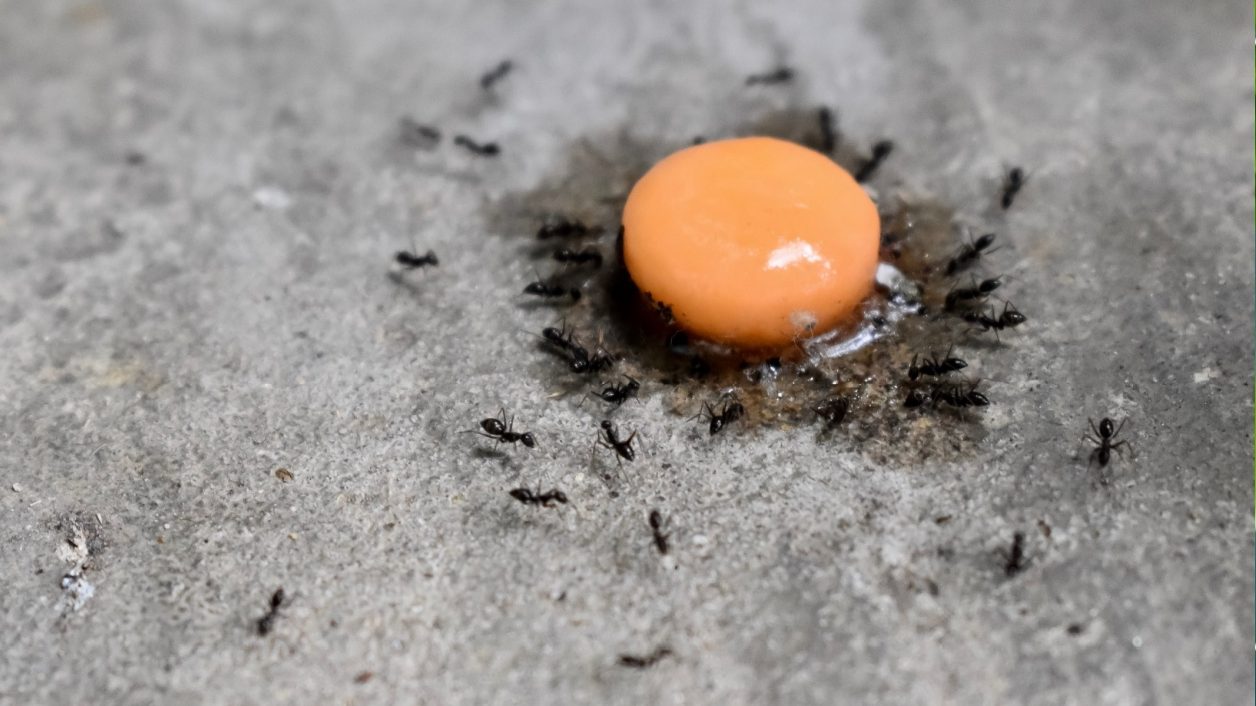
The Asian Needle Ant is an invasive species known for its painful sting. Unlike many ants that bite and then spray acid, these ants have a true stinger. They’re not typically aggressive, but they will sting if trapped against skin, such as in clothing or shoes.
German Yellowjacket
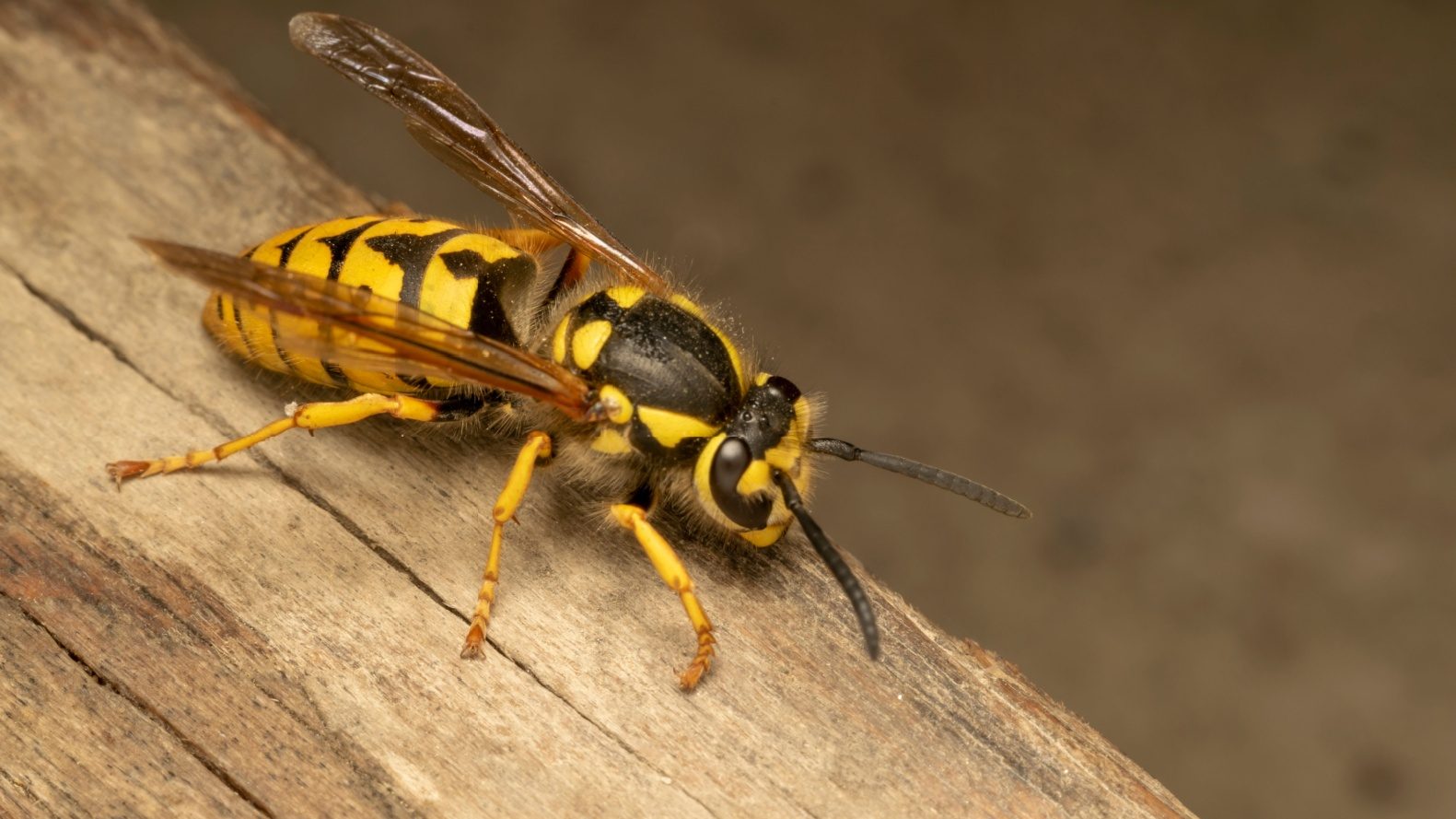
German Yellowjackets are an invasive wasp species known for their aggressive behavior and painful stings. They’re more likely to sting than many other wasps and will vigorously defend their nests. In some areas, they’ve become a significant pest due to their large colony sizes and aggressive nature.
Warrior Wasp
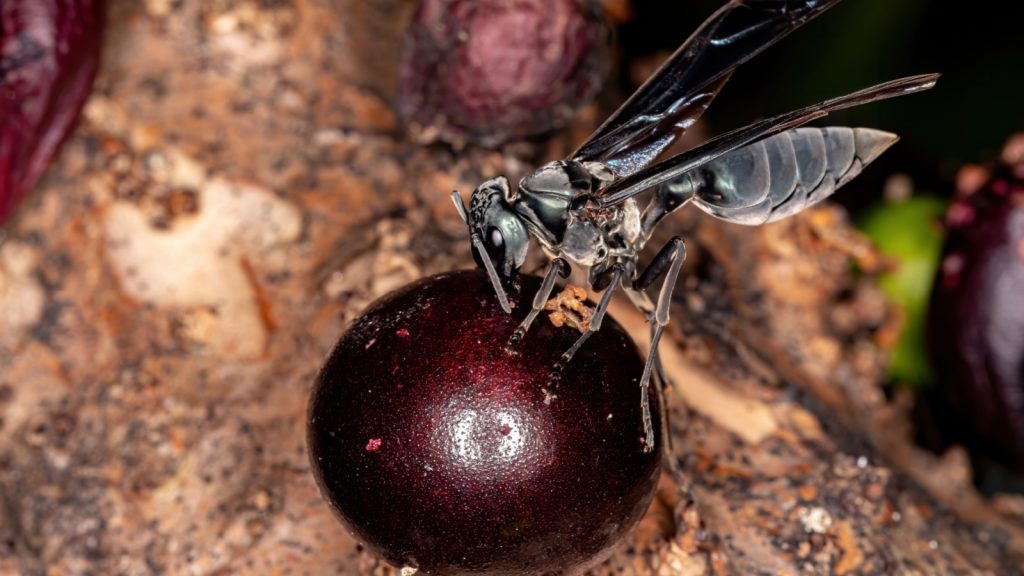
The Warrior Wasp, found in Central and South America, is known for its large size and extremely painful sting. These social wasps aggressively defend their nests, which can contain thousands of individuals. Their sting is considered one of the most painful in the insect world.

